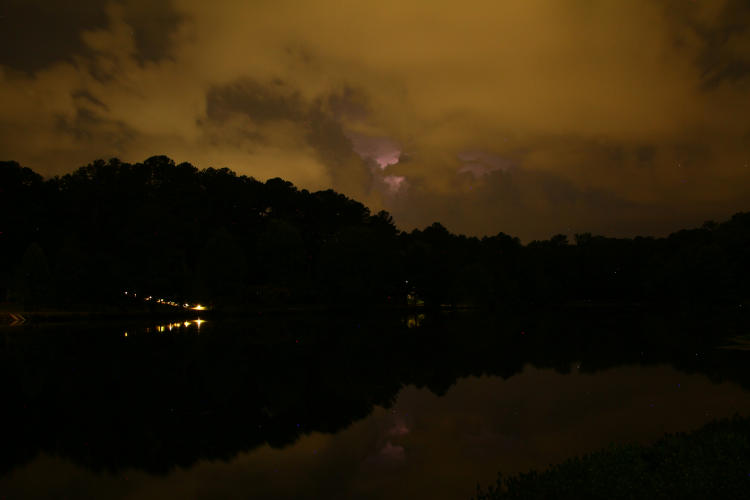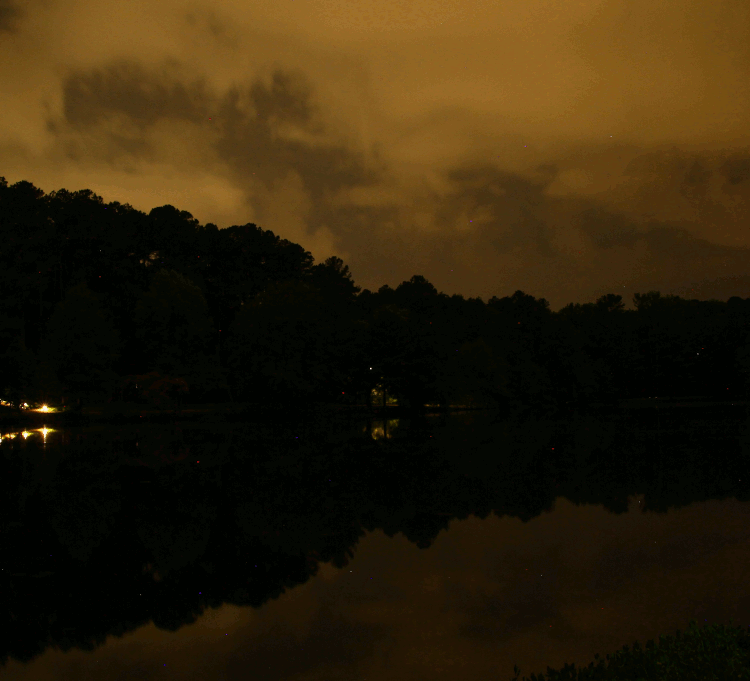I’m going to be busy with a lot of stuff over the next several days, so posts will be light – no matching the days in the month this time, sorry. I will catch up eventually.
In the meantime, something that I noticed the other night – well, like a week ago now – but I recently shot the 20,000th image on the Canon 7D. Given the typical amounts that I’ve pulled from preceding camera bodies, I’ve got 30,000 more to go before I upgrade to another body, though I’m happy with this one and there are no pressing options that I’m thinking I could use right now. Actually, I started thinking about how cool a digital camera with a pellicle mirror would be, and wondering if I might attempt a conversion with one of the older bodies.
[An explanation: a pellicle mirror is one that is semi-silvered and largely transparent, like one-way glass, and was used in just a few film SLR bodies in years past. It meant that the reflex mirror, the one that bounced the light from the lens up to the viewfinder, did not have to flip out of the way to allow the shutter to trip, permitting very fast shutter speeds and minimal vibrations – and no viewfinder blackout. Using one on a DSLR designed for a reflex mirror probably wouldn’t give any speed advantage, since the electronics are programmed for that delay anyway even if it’s not happening, but I imagine disabling the mirror is easy enough, and I have a pellicle mirror from an EOS RT handy. Except that this is a much larger mirror box than any DSLR I own, because 35mm film frames are larger than digital sensors in all but the high-end bodies. Well, in the course of writing a post I talked myself out of considering it…]
Anyway, the 20,000th frame:

This was taken during one of the many electrical storms that passed through the region, an attempt to capture more lightning pics. Obviously, I didn’t, and there’s nothing remarkable about this image – but it does show one little thing, illustrated better by exchanging it back and forth with the previous frame:

Now we see the low-level clouds close by, illuminated by the city lights into a dull brownish color, and their movement between exposures (which ran about 12-15 seconds each.) And then, through the gap, we see the purple glow of the lightning strike in the distance, showing the edges of thunderheads between the lightning and myself – very convoluted cloud cover that night, and the reason I never saw a solid bolt at all.
Since these are time exposures, they’re a lot brighter than what I was seeing while out there, and the impression is that the brighter portions are clear sky while the dark patches are the clouds, because this is what we see during the day, with the light coming from above. At night, you watch the dark patches for the clear sky views – and of course, the low clouds bouncing the nearby lights back down means exposure times can’t run too long without overpowering any brief lightning flashes anyway. Ideal conditions are, naturally, an approaching (or receding) thunderhead with otherwise clear skies for the best views, but those are rare around here, and did not occur with these recent storms. Try again later on.




















































